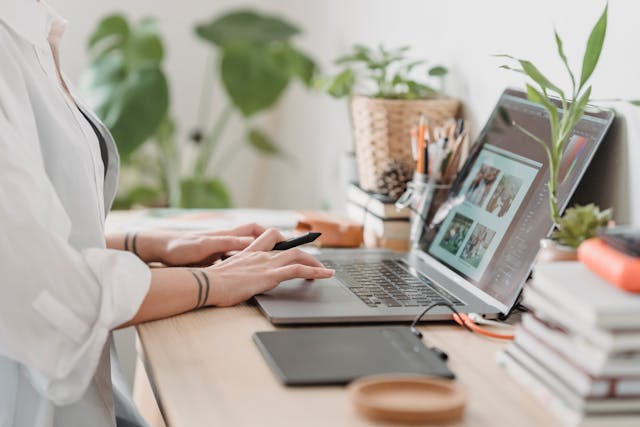Optimizing Images for Accessibility in WordPress: Best Practices
Accessibility in images is not only about alt text; it involves understanding how images contribute to the overall context and ensuring they load efficiently. In WordPress, best practices dictate that images should have descriptive alt attributes, use appropriate file formats, and be responsive to different screen sizes. These practices align with the Web Content Accessibility Guidelines (WCAG), which set the standard for web accessibility worldwide.
By attending to image optimization and accessibility, website owners and developers not only adhere to ethical and legal standards but also improve their site’s SEO performance. Search engines favor websites with accessible content, and images are a large part of that equation. Therefore, optimizing images becomes a dual-benefit practice, promoting inclusivity while potentially enhancing a site’s visibility and audience reach. You can read more here.
Understanding the Importance of Accessibility in WordPress
Defining Web Accessibility
Web accessibility refers to the practice of making websites usable for people with disabilities, ensuring access to information and functionalities without barriers. This includes providing alternatives for audio and visual content, enabling keyboard navigation, and ensuring compatibility with assistive technologies.
WordPress and Accessibility Standards
WordPress, as a content management system, provides a range of features and plugins designed to help site owners comply with accessibility standards, such as the Web Content Accessibility Guidelines (WCAG). These standards are a series of recommendations for making web content more accessible, primarily for people with disabilities, but also for all user interactions and devices.
Accessibility and SEO Benefits
- Enhanced Visibility: Accessible websites are favored by search engines, which means better organic search rankings.
- Broader Reach: By accommodating visitors with disabilities, sites tap into a larger audience, potentially increasing traffic and engagement.
Implementing Accessibility Features in Images

Choosing the Right File Formats
When incorporating images into WordPress, selecting the right file format is essential. JPEG is suitable for photographs, offering a good balance between quality and file size. PNG is preferable for images with transparency or for illustrations requiring sharp lines. Meanwhile, the WebP format delivers high quality with smaller file sizes, though one must ensure browser compatibility.
Using Alt Text Effectively
Alt text provides a textual alternative to images on a webpage. Each image should have descriptive alt text that conveys the same information or function as the image itself. For instance:
- Decorative images should use an empty alt attribute (alt=””) to be skipped by screen readers.
- Informative images require concise, descriptive text that contextualizes the image.
An example for a Texas Marijuana Lawyer website could be alt=” Law Office entrance with accessible ramp” for an image depicting the office front.
Image Compression and Loading Times
Efficiently compressed images ensure faster loading times, which is crucial for users with limited bandwidth. Tools like WordPress plugins or online compressors can reduce image file sizes without compromising quality. Lazy loading is a technique where images load only as they are about to enter the viewport, further improving page speed.
Design Considerations for Visual Impairments
For users with visual impairments, images must be designed with high contrast and clarity. Avoid using color as the only means of conveying information, as this doesn’t translate well for those with color blindness. Providing text alternatives for complex graphics, like charts or graphs, ensures that the information is accessible to all visitors.
By thoroughly addressing these aspects, images in WordPress sites can be optimized for a wide range of users, upholding accessibility standards and enhancing the overall user experience.

